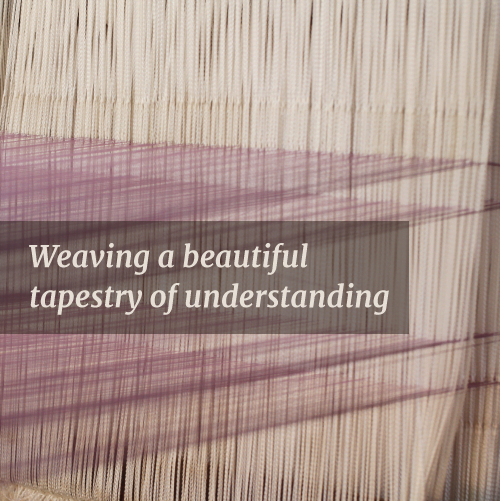For two weeks in late November, a “Symposium” – a gathering of learned scholars, assembled around the relatively contemporary phenomenon of adolescence. Skillfully and heartfully guided by TIES faculty Steven Arnold and Julie Haagenson, two hundred registered participants established community, oriented towards adolescence and then explored together. And as we embraced the mystery of this stage of human unfoldment, we engaged with the key questions:
- What are the true needs of adolescents?
- In what ways may your community meet the needs of adolescents?
- In what ways might we design education to meet the needs of adolescents?
What emerged was powerful and transformative. Symposium attendees lived the questions and together wove a beautiful tapestry of nascent understanding. I believe every participant left with a sense of greater awareness and sensitivity to the quirkiness, the gifts, and the unique developmental imperatives of adolescence, within the ecological envelope of Cosmos and Gaia.
As is typical of TIES gatherings, and truly unique within the landscape of higher education, the symposium had a palpable quality of spaciousness. Participants began by introducing themselves, sharing a bit about their personal and professional journey and their relationship to the subject of adolescence. Many parents, teachers and guides identified their challenges as well as their enchantment in their work with teenagers and young adults. And the storytelling and bedding-in of study within personal lived experience began.
Next, in a manner that was again familiar to the TIES community, the facilitators encouraged participants to orient to adolescence by spending time observing and reflecting. Many posts described a particular encounter with a young adult, or a reminiscence about one’s own adolescent struggles and joys. A slew of rather dated photographs of attendees some decades in the past: of elongated bodies and tried-on personas, reminded us all that we had lived through this mysterious developmental moment we identify as “adolescence”.
And then, with relationships formed, context established, and curiosity ignited, attendees got down to the deep work of this symposium. What are the unique needs of the emerging adult? And how do educators and learning environments nurture healthy growth? The conversation drew from theoretical frameworks from Montessori to Krishnamurti. It explored themes from adventure-based experiential learning to “decriminalizing” healthy romantic expressions amongst young adults. The dialogue was woven beautifully and respectfully, with a sense of reverence for the child, and the adult he/she is becoming.
Finally, the symposium culminated with a call to articulate visions for the future. What would a school look like, and feel like that was authentically engaged with the optimal development of adolescents. Descriptions here were breathtakingly beautiful, optimistic and loving. In other words, just another expression of TIES capacity to coalesce educators to view youth with compassion and understanding.
From the symposium:
My vision in educating adolescence holistically is a learning community where adults and youth feel into each other with open hearts and see one another with soft eyes. It is a place of more joy than fear, more celebration than punishment, and more trust than loathing.

